
When you only have so much voice power, you tend to think before you speak. After all, there are only so many words that can be uttered before nothing comes out at all. I did discover though, that if I whispered, I had more staying power.
As I treated myself to recovery days, with lots of time for reading, knitting, thinking about upcoming work opportunities, and reflecting, I found myself treasuring memories. I have a lot of treasures in my chest of memories. I was particularly missing seeing our grandjoys.
In our days spent with the boys, while much of the time is filled with busy, busy activities, activities I love, I also treasure the small quieter moments with each of them. Andy is two, almost three, and while he has mentioned that maybe he’ll turn five on his next birthday instead of three (so he can have gum), I really have no desire to wish the magic of two away just yet.
Recently he and I were together at home and he wondered where Grampa was. I said that I thought Grampa was just getting up. I then looked at him and whispered, ‘Do you think we should go say hi?’ As he processed my words, Andy looked intently at my face for what seemed to be quite a long time, then very seriously, and very quietly, whispered back to me, ‘Okay’.
It was the whispering that he had been figuring out. And his little voice, so precious. I could hold the sound of it forever.
Both the boys have been the recipients of my whispering. I have made a little tradition of whispering messages of love in their ears since they were born. Often, after I had changed them, I would pick them up, hug them and whisper, ‘My precious, precious Ben.’ Or ‘My precious, precious Andy’.
We have no idea when our whispers will be heard. However, I had a glimpse into the answer one day when Ben was almost past the stage of needing to be changed. I had changed him, picked him up and was gently hugging him, his face against mine, as I walked downstairs holding him. I hadn’t whispered my normal words, my mind no doubt on something else, but as we walked, I heard quietly in my ear, ‘My precious, precious Ben.’
This past week, I had to stop in at the doctors for an antibiotic, and an unexpected requisition for an ultrasound. Normally, I’d have come home, called the main booking line for an appointment for my ultrasound, sat while the generic music played and then booked an appointment for a few weeks out. However, walking out of the building where the doctor’s office is, I walked past a radiology clinic. Something whispered in my ear, ‘Go in’. I went in the doors, showed the nurse receptionist my requisition, and she amazed me by saying, ‘We’ve just had a cancellation. Can you wait ten minutes, and we can do it?’
Huh.
I had a similar experience when I first thought I might like to learn to 'line dance'. I did a quick google search and saw the website for CC Dancers. I wasn't sure, but something whispered, 'Call'. I was invited to join and on the very first evening lost my way as I tried to find the community centre where it was held. I remember clearly thinking I should just turn around and head home, surely this was a sign. But something whispered, 'Give it a try. Keep looking'. A decade later my life is immeasurably better for having listened to the whisper.
We all hear little whispers every day. Some of us have learned to listen, and to trust, some never catch on. Hearing whispers isn’t a gift given only to a chosen few. We all hear whispers, but only some choose to stop to listen to them. What I know is some of my most wonderful blessings have come in the form of tiny little whispers.
Whispers offer us a glimpse of what is possible if only we dare to listen. Sometimes they give us just the nudge we need. Sometimes they offer the voice of reassurance in a chaotic world. And sometimes, when we are very lucky, they fill our hearts with just what we need.
My inquiry for you this week is, ‘What whispers do I hear?’
Post Script
I finished writing this blog post on Wednesday. I don’t share my writing, or the topic of it with anyone ahead of time, I usually just finish it and wait until the weekend to post it. I don't talk about it with my kids, and I assume, most weeks they don't have time to read it. Wednesday evening, I talked to Kaitlyn about logistics for having the boys this week. She and Matt had a meeting Thursday and I needed details on timing for picking up the boys. As we finished our conversation, she said, ‘Andy would like to talk to you. Do you have time?’ Of course I do!
Andy is still figuring out phones. When it is a Facetime call, he can see my face and the phone makes sense. When it’s a regular call, and he can only hear the voice, it’s still a bit confusing. This call was a regular call. Kaitlyn put me on speaker, so he didn’t have to worry about holding the phone to his ear. He and I chatted for a few minutes. I asked him about his little friends at his day home. And we talked about what we’d do when he came for his Gramma Day. When it was time to go, I said, ‘I’ll see you tomorrow. I can’t wait! I love you, Andy.’
There was silence on his end.
Then Kaitlyn said, ‘He’s just whispered, I love you.’
Coincidence? I think not.
Elizabeth is a certified professional Leadership Coach, and the owner of Critchley Coaching. She is the founder and president of the Canadian charity, RDL Building Hope Society. She works with corporations, non-profits and the public sector, providing leadership coaching. She creates and facilitates custom workshops for all sizes of groups and has expertise in facilitating Strategic Plans for organizations. Contact Elizabeth to learn how to hear whispers.
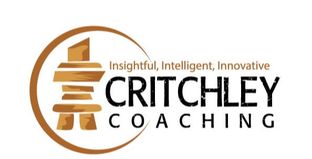
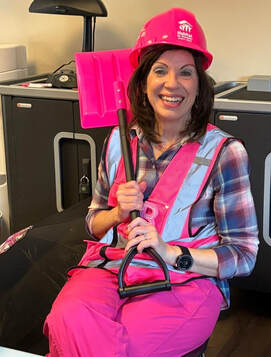
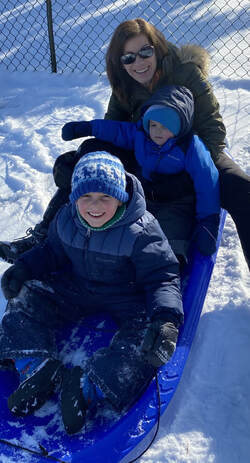


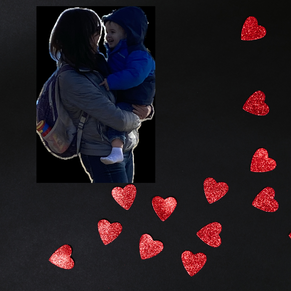


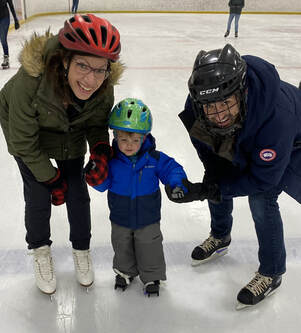
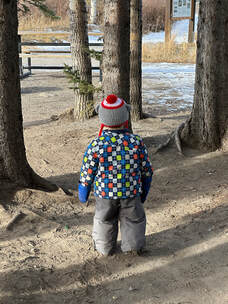
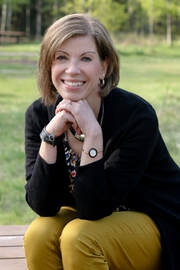
 RSS Feed
RSS Feed